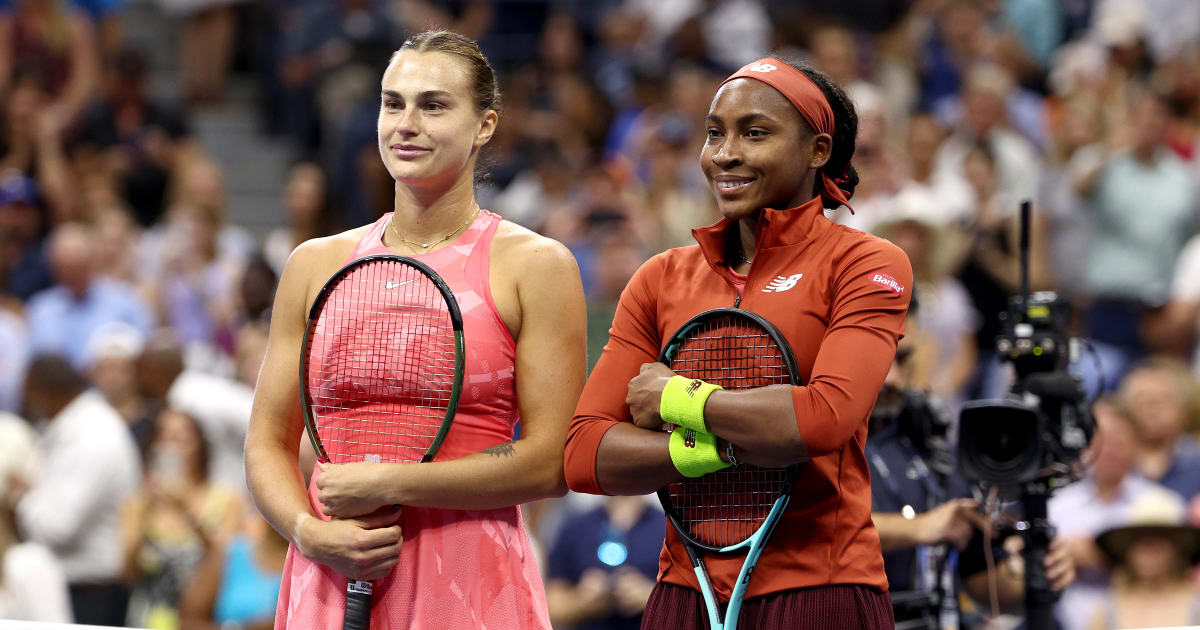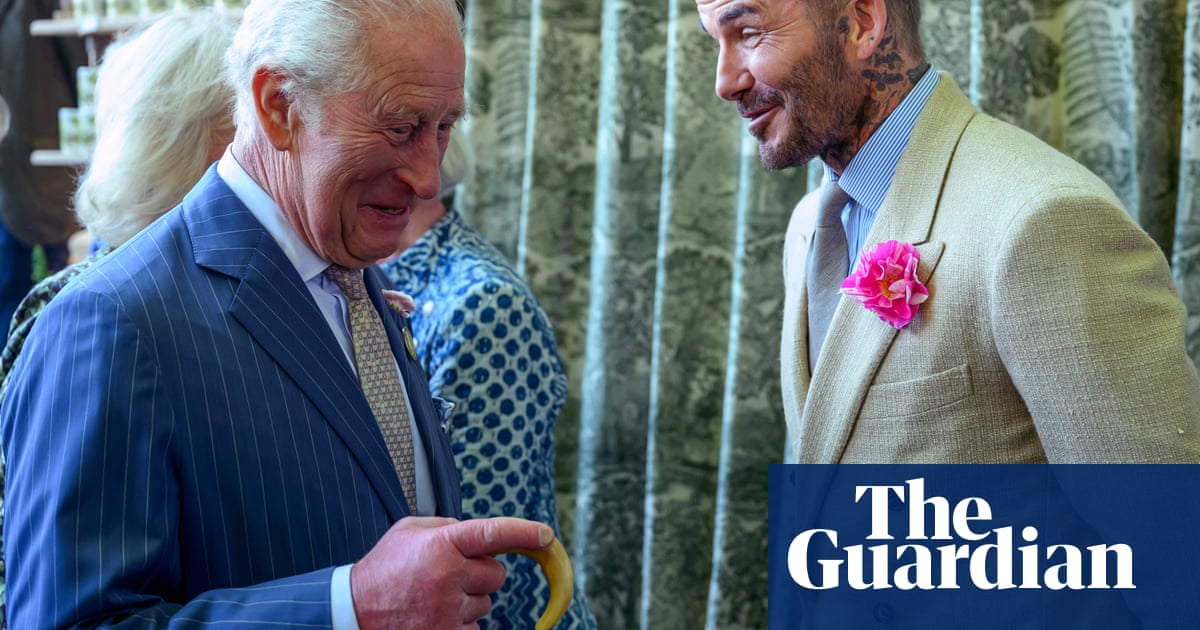Fifteen years later, Francesca Schiavone still hears the echoes from Paris

A decade and a half after her improbable title, Francesca Schiavone reflects on memory, momentum and the next generation of Italian contenders carrying her legacy.A decade and a half removed from winning the Coupe Suzanne-Lenglen, Francesca Schiavone picks up the phone from her home in Milan, a breeze coming through the window and birds chirping in the background. The scene feels far from Paris, but the memory isn’t.“It’s first time someone is telling me about the 15 years passed,” Schiavone says. “I’m living a really intense life now, so … it could be 20 years ago, could be two years ago.“You say 15 years and I say, `Oh, my God!’ Now I have white hair, I’m a coach and I am teaching many things to young players. I can say, `Wow, is really far away.’ But in the meantime, when I am there [Roland Garros] or live the tennis life I can absolutely feel the moments. I remember how I did it.”Indeed, she hasn’t forgotten anything. The opponents, the scores, what she was thinking.Part of this is because that distant fortnight in Paris comes up at least every few days in her interactions with the public. When she’s alone with her thoughts, Schiavone said it only crosses her mind when the Grand Slams are on television or she’s back at Roland Garros. She played legends' tennis there three times and has been back five more times since.Low expectations, and then …Schiavone, then 29, was a Top 20 player and reached the semifinals in Auckland earlier that year and the fourth round of the Australian Open. She was only 5-foot-5, but a stylish player who moved well and had a sweet one-handed backhand.How mentally tough was Schiavone? She would play the longest women’s singles match ever in a Grand Slam -- 4 hours and 44 minutes -- and won, 6-4, 1-6, 16-14 over Svetlana Kuznetsova in the fourth round of the 2011 Australian Open.She won the Barcelona title that April but was a combined 3-3 in Stuttgart, Rome and Madrid. She was not on the shortlist of favorites at Roland Garros. Schiavone made the quarterfinals in her very first main draw, 2001, and reached the fourth round three years in a row (2004-06), but actually lost in 2009’s first round.The No. 17 seed met Regina Kulikova in the 2010 first round, a player whose career-high ranking was No. 65. The Italian lost the first set 7-5. Did she think she was headed home?“Yes,” Schiavone said. “The day was a disaster and I was insulting myself and all the team, unfortunately. I was very nervous. I’m coming from a good period, but at the end I accepted that situation and said, `I can do it. I can win also playing bad.’”Schiavone won the last two sets 6-3, 6-4. That first round marked her only dropped set of the tournament.Getty ImagesUnprompted, Schiavone recounted her run through her draw: Sophie Ferguson in the second round (6-2, 6-2), then Li Na -- who would beat her in the 2011 final -- in the third (6-4, 6-2). Maria Kirilenko (6-4, 6-4) and Caroline Wozniacki (6-2, 6-3) were next. Elena Dementieva retired after losing a first-set tiebreak in the semifinals.That left Samantha Stosur in the final, an Australian who had beaten Schiavone four times in five matches. Stosur was a big hitter, while Schiavone -- three weeks from her 30th birthday -- was a classic clay player who relied on speed and defense.Schiavone boldly abandoned that successful, longtime modus operandi.“I want to take the ball when it’s coming up, instead of waiting,” Schiavone explained. “I’m going to attack my opponent. That was my tactic. It was very clear for me. I was very concentrated. And I kept following it, no matter what. Inside the court, I don’t want to give her the time to think a lot.“She was better than me on the paper. That could be pressure for her. I was there to enjoy and find a solution to win the match. I trusted myself. I worked a lot to arrive there to be mentally, physically, tactically ready.”The final was 6-4, 7-6(2), and when Stosur's last errant shot came to earth, Schiavone swiftly followed it, collapsing onto the red clay, kissing it with gusto, then walking to the net to embrace Stosur.In retrospect, in the steamy cauldron of Court Philippe-Chatrier, you could say Schiavone was destined; her name, Francesca, means French.Schiavone became the first Italian woman to win a Grand Slam singles title and the second Italian of either gender to win in the Open Era, 34 years after Adriano Panatta at the 1976 French Open. Nicola Pietrangeli, the pioneer, won at Roland Garros in 1959 and 1960.Schiavone said she was acutely aware of the history, or the lack of it for Italian women. The key, she said, was trying to embrace the idea of something that had never been done.“Pressure is something that tennis players live with -- it’s fantastic to have pressure,” Schiavone said. “We love to feel the adrenaline when we have to find a way to win, to improve. Sometimes you manage it well, sometimes not.“I miss it now.”Happy for herselfSuddenly, Schiavone was recognized everywhere.“Everybody has a picture of this. Everybody respects you,” she said. “They ask many, many times how did you do it? When it happens like this, I can say it’s not easy. They keep pushing you into the past. Tennis players have to live in the present -- the now.“Was exciting and fantastic and in the same moment, a burden.”A month after that breakthrough victory, Schiavone was eating in a French restaurant on the High Street in Wimbledon Village. A well-wisher approached the table and gave her a scrapbook filled with photos from her triumph at Roland Garros. Schiavone, interrupted mid-meal with a companion, graciously accepted it and made small talk.Later another diner congratulated her, saying, “I was so happy for you.”Getty ImagesSchiavone smiled and said, “I was happy for me too.”After 22 years as a professional, she announced her retirement from tennis at the 2018 US Open.Today’s “intense” life is intimately connected to tennis. She’s been operating the Schiavone Team Lab for three years now, a tennis academy for players of all ages, and is in the midst of building a new facility in Milan.When she was 18 years old, a coach asked Schiavone what she wanted to accomplish, her goals and dreams. The answer: becoming a Top 10 player and winning Roland Garros. She achieved that in the span of two weeks.Today, at 44, she has a new goal.“I’m coaching a very good junior player, [17-year-old Austrian] Lilli Tagger,” Schiavone said. “My goal is to watch from the outside my player to win a Grand Slam.”In a large sense, Schiavone -- along with Flavia Pennetta, the 2015 US Open champion -- has already achieved it for this nation of 60 million souls.Jannik Sinner, the ATP Tour’s World No. 1, was eight years old when Schiavone won that title at Roland Garros, so were Lorenzo Musetti and Flavio Cobolli. Today, they’re all Top 30 players. Sinner has won three of the past five Grand Slam singles titles.Schiavone was a mainstay on the Italian Billie Jean King Cup team, helping them to the title three times in five years, from 2006-2009. In 2017, in a tie against Slovakia, Schiavone played her last Billie Jean King Cup -- and 21-year-old Jasmine Paolini played her first.“I could see she had the carattere [character], the personality to be a great player,” Schiavone said. “She took time to arrive -- everyone arrives at a different time.”Paolini, currently No. 4 in the PIF WTA Tour rankings and the recent Rome champion, explained today’s Italians’ debt to Schiavone.“I remember that,” Paolini said in Rome. “I was in the tennis club. Yeah, I remember also her outfit. Was amazing to watch the scenes. I was getting emotion, even if I was young.“Was unbelievable tournament, great memories. Yeah, I think it help a lot. But all the generation of the players before us was unbelievable. They really inspire us, I think.”Was she the spark of today’s Italian tennis renaissance?“You should ask to them,” Schiavone said.She was then told what Paolini had said about her.There was a long pause.“Thank you,” Schiavone said. “Is a big satisfaction. My heart beats fast and I say, `Wow, very proud of me.’ Is important for everybody to have the courage to do what they love.“Let’s go, let’s gooo!”












